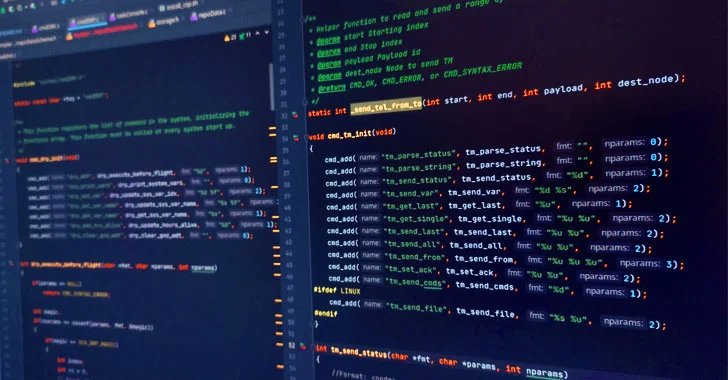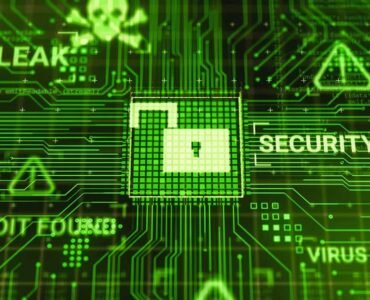The U.S. government has taken a decisive step to shut down a sophisticated botnet comprising hundreds of small office and home office (SOHO) routers. The botnet, known as KV-botnet, was under the control of a China-linked state-sponsored threat actor called Volt Typhoon, posing a significant cyber security threat to the U.S. and Guam. The timely intervention has not only disrupted the operations of the botnet but has also foiled potential cyber attacks on critical infrastructure sectors.
The discovery of the KV-botnet was first disclosed by the Black Lotus Labs team at Lumen Technologies in mid-December 2023. The U.S. Department of Justice (DoJ) revealed that the vast majority of routers comprising the botnet were from Cisco and NetGear, which were vulnerable due to their “end of life” status, making them no longer eligible for security patches or updates. This made them easy targets for exploitation by threat actors like Volt Typhoon.
Volt Typhoon, also known as DEV-0391, Bronze Silhouette, Insidious Taurus, or Vanguard Panda, has been attributed to cyber attacks targeting critical infrastructure sectors in the U.S. and Guam. The group has been consistently burrowing deep into critical infrastructure, ready to launch destructive cyber attacks in the event of a major crisis or conflict with the United States. Their usage of legitimate tools and living-off-the-land techniques has allowed them to go undetected and persist within victim environments, posing a significant threat to national security.
Small Office Home Office (SOHO) under threat
An important aspect of their modus operandi includes routing traffic through compromised SOHO network equipment, such as routers, firewalls, and VPN hardware, to obfuscate their origins. The KV-botnet commandeers devices from Cisco, DrayTek, Fortinet, and NETGEAR, highlighting the scale and sophistication of the operation.
The actions taken by the U.S. government to neutralize the KV-botnet have averted potentially catastrophic cyber attacks on critical infrastructure, protecting the interests of the nation and safeguarding the privacy and security of citizens. However, the long-term implications of this botnet shutdown and the activities of state-sponsored threat actors merit further examination.
Future Impact
The shutdown of the KV-botnet demonstrates the U.S. government’s commitment to combating cyber threats, but it also highlights the need for increased vigilance and cybersecurity measures. As threat actors like Volt Typhoon continue to evolve and adapt, it is crucial for government agencies, private organizations, and individual users to remain proactive in safeguarding their networks and devices.
The discovery and neutralization of the KV-botnet also underscore the importance of timely threat intelligence sharing and collaboration between government agencies, private sector companies, and cybersecurity researchers. By working together, these stakeholders can identify and neutralize emerging threats more effectively, strengthening the overall resilience of the cyber ecosystem.
In the aftermath of the KV-botnet shutdown, it is likely that threat actors will intensify their efforts to exploit other vulnerabilities and launch new campaigns targeting SOHO routers and other network infrastructure. This underscores the need for continuous monitoring, vulnerability assessments, and prompt patching of devices to mitigate the risk of exploitation.
Furthermore, the U.S. government’s decisive action against the KV-botnet may serve as a deterrent to other state-sponsored threat actors, sending a strong signal that cyber intrusions and attacks will not go unanswered. This could potentially influence the behavior of other threat actors and contribute to a more stable and secure cyberspace in the long run.
In conclusion, while the shutdown of the KV-botnet represents a significant victory in the fight against cyber threats, it also serves as a reminder of the ongoing challenges posed by state-sponsored threat actors. By remaining vigilant, investing in robust cybersecurity measures, and fostering collaboration, the U.S. and its allies can continue to defend against cyber threats and ensure the security of critical infrastructure and digital environments.

The success of an online business hinges on its cybersecurity posture. Learning from the successes and failures of companies that have navigated the digital landscape successfully offers insights into effective strategies for threat prevention, data protection, and resilience in the face of cyber attacks.
As the complexity and frequency of cyber attacks increase, the cybersecurity community faces a compounding challenge. This situation demands a collaborative approach, where sharing insights and adopting collective security measures become the norm, not the exception.
I endeavor to share stories like on my website. This serves a dual purpose: firstly, to provide a valuable reference for my writing endeavors, and secondly, to share insightful narratives with the wider community.
If you like this story you should check out some of the other stories in the Small Business
You can also find more of my Cybersecurity writings here in the Cybersecurity section
To check the original story Click here







